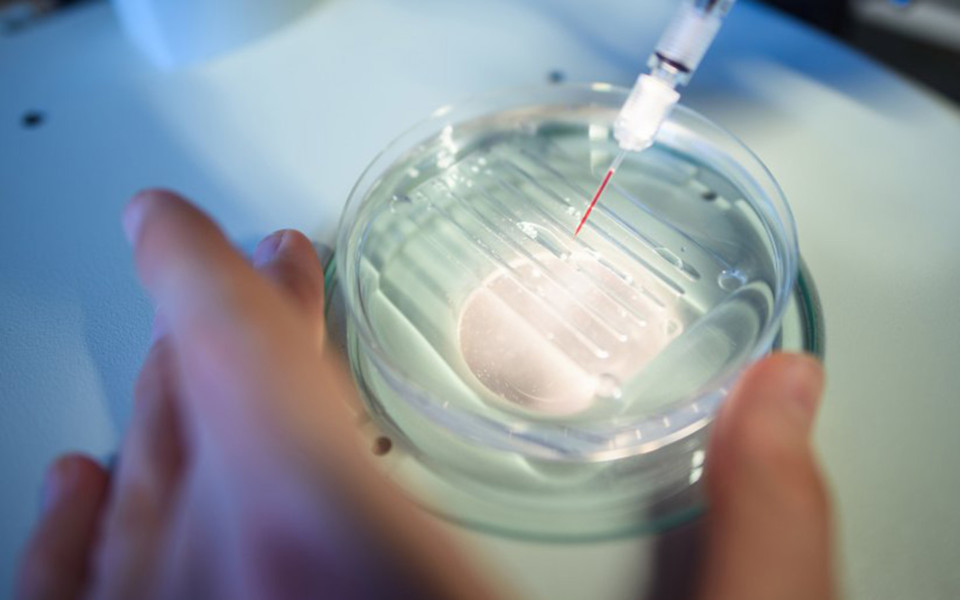The Gene-Editing Revolution Is Already Here
Ever since the discovery of the structure of DNA in the 1950s, scientists have been dreaming about rewriting the code of life. What if we could correct genetic mutations that cause disease in order to radically improve human health?
Harnessed from the naturally occurring immune system that bacteria use to defend themselves against viruses, CRISPR-Cas9 is a revolutionary, once-in-a-generation tool that offers the real potential to quickly and efficiently achieve what was once thought impossible.
Since 2012, the technology has been adopted rapidly, transforming basic research, drug development, diagnostics and agriculture. In the past seven years, over 15,000 papers containing the term CRISPR have been published, and hundreds of different organisms have been edited. CRISPR has become a mainstream topic of conversation, fodder for Hollywood scriptwriters and the standard genome-editing tool used globally. As we move into a new decade, it is clear that CRISPR-based applications will help us tackle societal challenges including disease, food production and environmental sustainability.
I receive daily emails from people suffering from debilitating genetic diseases asking how and, especially, when CRISPR can fix what is hardwired in their DNA and often runs in their family. For many diseases, like Huntington’s and Tay-Sachs, we know the gene that causes the disease but have so far been powerless to change it. But now, thanks to the CRISPR revolution, we can shift the paradigm entirely.


